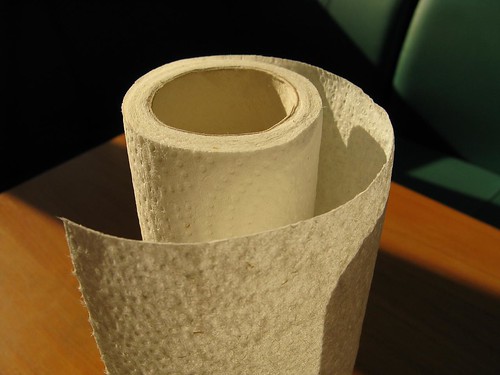Archive for May, 2009
Doing The Research
Three Easy Steps To Get You Started – Homesteading In Suburbia
Part Two of a Three Part Series
STEP TWO – Doing The Research
Now that you’ve discussed your homesteading ideas with the family and have a list of homesteading activities you’d like to pursue it’s time to see how much of it is possible.
Using the answers to the questions in STEP ONE find out what is allowed by your city or Homeowners Association (HOA), if you have an association. This becomes especially important if raising livestock or installing solar or wind energy is on your list of homesteading activities. Even asking about installing a clothes line can be important because some cities prohibit the use of clothes lines for aesthetic reasons. But there are ways around that, which will be discussed later.
Remember though, not all questions will need an answer by the city or HOA, but they will need to be answered.
To make the process easier, list all the questions that need an answer. Then decide if the question needs an answer by the city or HOA or some other resource. Then call each one. Don’t just rely on one entity for your final answer because HOA regulations may differ from what the city allows. And, in some cases the HOA rules may override the city.
Questions like “Are chickens allowed in my area? Or, “How far does a compost pile need to be from my property line?” are common.
Sometimes it’s easier to visit City Hall in person. That way you can talk with the proper department or multiple departments without having calls transferred and possibly disconnected. Also, if there is a fee for printed materials or a “no mail” policy for printed materials you will already be there to handle it. The goal is to get the information you need as quickly as possible so you can start your homesteading projects.
The categories below follow the question categories in STEP ONE and list some simple questions you may need answers to. Read the rest of the story »
Are you spending money just to throw it in the trash?
Trade in those rolls of paper towels and those packages of paper napkins for washable, re-useable cloth, and put the savings to work on your homestead. For the cost of a roll of paper towels or a package of paper napkins, you can buy good quality, long-lasting cloth towels and napkins that will last for years – saving you hundreds of dollars each year.
To save even more money replace all paper goods (plates, cups, eating utensils, table clothes, etc.) with washable and re-useable ones and watch your savings grow even more.
Suburban Homesteading – One, Two, Three
Three Easy Steps To Get You Started – Homesteading In Suburbia
Part One of a Three Part Series
Starting a suburban homestead can be a daunting task, not to mention gleaning through the mounds of information and trying to scale it down to meet the needs of your suburban homestead. With this in mind, Suburban Homesteading – One, Two, Three will lay out the basic steps for turning your suburban home into a productive homestead.
During the homesteading era of the 1800’s, a family’s primary concerns were to provide shelter, warmth, food and water. But for the modern day suburban homesteader, these are either already provided through the home (i.e. heat and water) or easily accessible as in the case of food from a grocery or big-box store. So, homesteading becomes a choice rather than a necessity. Even though you have time to think about what you want to do as a suburban homesteader, there are still practical steps each family should take. And the first step to take is to PLAN.
STEP ONE – Having the Family Discussion
If you’ve been thinking about turning your humble suburban lot into a thriving, productive “mini-farm,” discuss it with your family first…kids included. It’s difficult to homestead alone, and without the family’s “buy-in,” it can be an uphill struggle.
Talk about the kind of homestead you want to have and how self-sufficient you want to become.
The most important step in a successful homestead that doesn’t overwhelm you is “THE PLAN”. Since this is the beginning stage of the plan, dream big and list everything you want to do, be and have. Don’t worry about having enough space or buying the right supplies, there are plenty of people who grow food on apartment balconies or on condo patios.
Reality will set in soon enough – forcing you to scale down your plans and be a bit more realistic. But, for now, the sky’s the limit.
To help get you talking about the possibilities a sampling of questions you and your family will want talk about is below. As you go through this process, more questions may come to mind. Include any of your own questions along with the answers to the list that is provided. This is by no means all the questions that should be asked. They’re provided just to get you thinking.
The answers to some of these questions will depend on the amount of time and effort you want to dedicate, and can dedicate to your homesteading venture.
Be sure to write down your answers so you’ll have them for future steps in the process. Read the rest of the story »
Tip For The Week
Water conservation is a top priority on any homestead.
One way to help save all you can is to keep a plastic pitcher near the sink. Use it to collect ice cubes, leftover water in glasses, water from cooking pasta, potatoes, hard boiled eggs, etc. You’ll be amazed at how much accumulates throughout the day.
Once the pitcher is full the water can be used for potted plants or in the garden – saving what is needed from the tap.



Recent comments
Aenean nonummy hendrerit mauris. Phasellus porta.